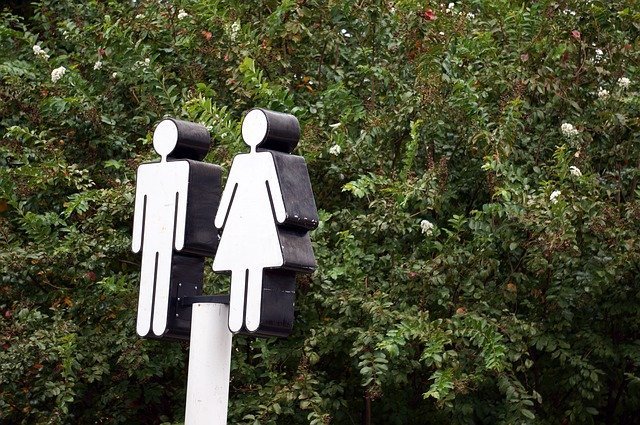According to the official annual report of Samagra Shiksha (a master plan formulated by the Indian government for school education institutions), between 2019 and 2020, 267 public schools in India did not have women’s toilets, and 448 schools There is no men’s toilet.
According to the Indian Express on the 1st, of more than 15,000 schools directly under the Ministry of Education of India, 664 schools have no electricity.
The report shows that less than 20% of schools in India are equipped with computers and Internet facilities, and 25% of schools do not have playgrounds. Meanwhile, nearly 13% of schools do not have a library, and 34% of schools do not have walls.
The data shows that the dropout rate of junior and senior high schools in India is between 7% and 8%.
India’s toilet problem has a long history and triggered a health crisis. In 2014, Indian Prime Minister Modi launched the “Toilet Revolution” and planned to build 100 million toilets for India and improve the toilet environment in five years, but so far it has achieved little success.
Indian authorities have also tried every means to promote reform. For example, in backward areas, brides can apply for a subsidy of Rs 51,000 rupees ($750) from the relevant government agencies as long as she submits the groom’s selfie in her own toilet.
On World Toilet Day (November 19), Modi reiterated his determination to build toilets and hoped to raise awareness of hygiene.



